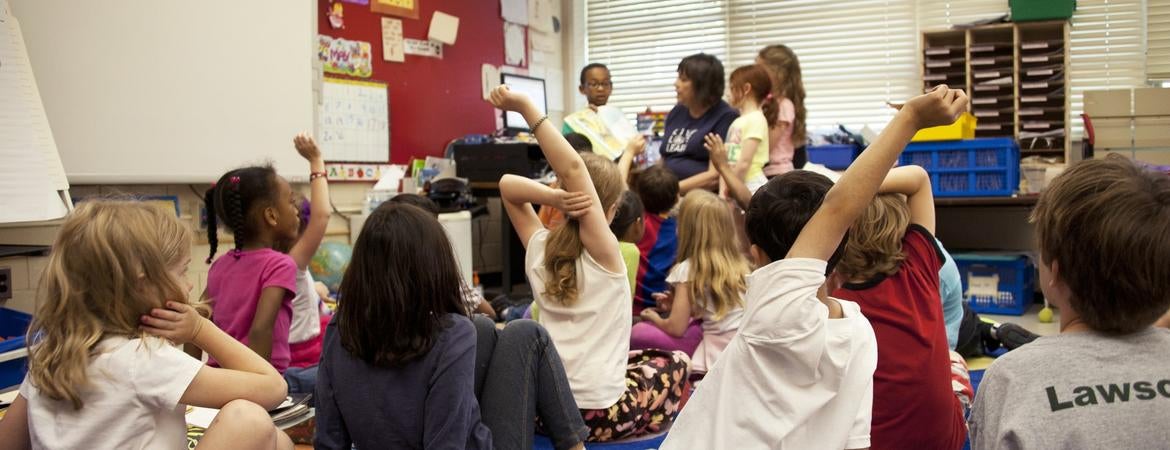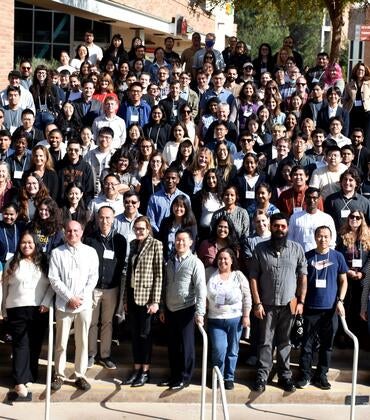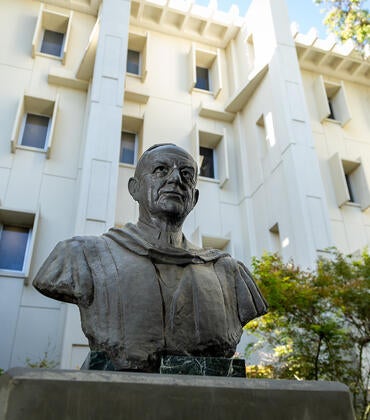Restorative justice practices have been implemented in K-12 schools in a variety of ways, but in general, most of those programs have had positive results, according to two researchers from the University of California, Riverside.
Barbara Katic and Laura A. Alba, both doctoral students in the UC Riverside Graduate School of Education’s school psychology program, and Austin Johnson, an assistant professor of school psychology at UCR, recently published a 10-study systematic literature review of restorative justice practices in school settings. Their review appears in the Journal of School Violence.
While the authors noted the effectiveness of restorative justice in U.S. schools has been understudied, its practice could be a useful tool for violence prevention and response.
Additionally, restorative justice programs could be beneficial alternatives to the zero-tolerance policies currently favored by many schools, such as suspension and expulsion. These policies often have “harmful consequences for students” by excluding them from school settings and disproportionately affect youth of color, the authors explained.
On the other hand, restorative justice practices are intended to foster community-building by encouraging inclusion rather than exclusion. Such practices have three central tenets: a focus on harm done, understanding that wrongs or harms result in obligations, and the promotion of engagement and participation.
Of the 10 studies included in the authors’ literature review, eight took place in North America, one in Asia, and another in Australia. The authors noted the ways in which restorative practices have so far been implemented in schools differ, from “restorative conversations” between a student and staff member following an incident to larger restorative circles and conferences, and peer mediation programs.
“Our systematic review found there are positive outcomes for school communities — such as improved social relationships and reduced office discipline referrals — when restorative justice practices are implemented,” said Alba, who co-founded the student-driven Social Justice and School Violence Prevention Lab at UCR with Katic.
Because of the programs’ success, the authors said schools should continue to implement restorative justice practices and regularly evaluate them on their effectiveness as well as how they’re implemented.
Katic added, “Overall, we believe the continued study of restorative justice practices will inform school violence prevention and response.”
The full title of the Journal of School Violence article by Katic, Alba, and Johnson is “A Systematic Evaluation of Restorative Justice Practices: School Violence Prevention and Response.”





